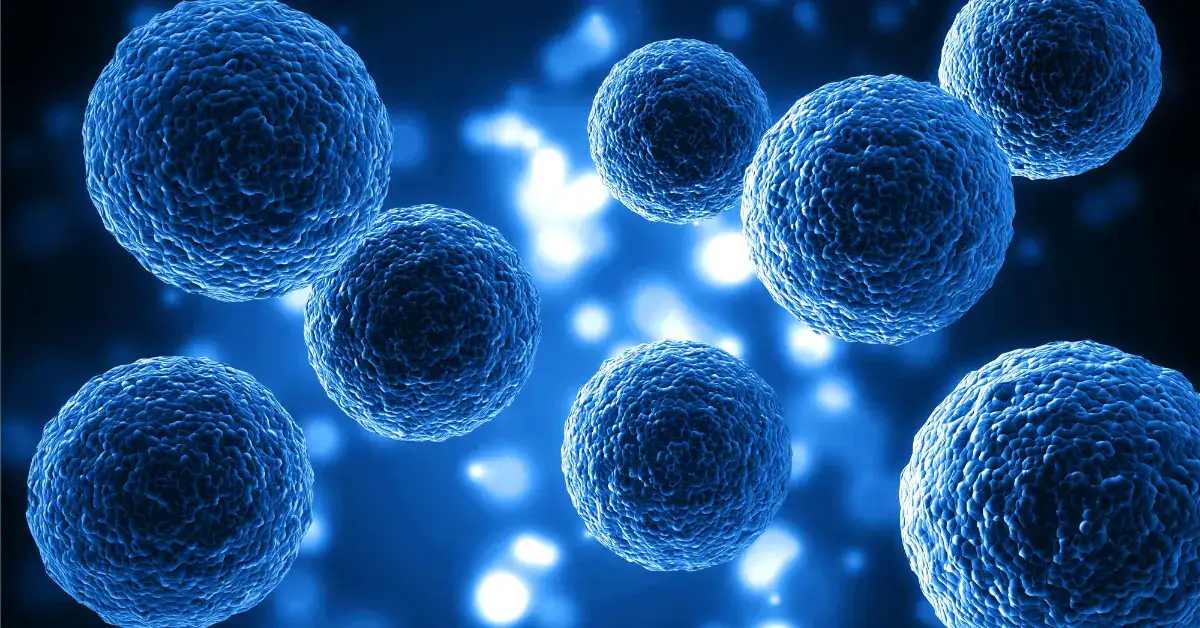When it comes to identifying and isolating genetically modified cells, one of the most effective methods is the use of puromycin dihydrochloride. This antibiotic is widely used in molecular biology for its ability to selectively kill non-modified cells, allowing only those with the desired genetic modifications to survive.
What is Puromycin Dihydrochloride?
Puromycin dihydrochloride is an antibiotic that works by inhibiting protein synthesis. It is beneficial in cell culture applications where researchers must ensure that only cells that have successfully incorporated a specific genetic modification continue growing.
How Does Puromycin Work?
Puromycin mimics the 3′ end of aminoacyl-tRNA, causing premature chain termination during translation in the ribosome. This effectively stops protein synthesis in cells that are not resistant to the antibiotic. Only those cells that have been genetically modified to express a puromycin-resistant gene will survive the selection process.
For more detailed information read more about Puromycin Dihydrochloride.
Advantages of Using Puromycin for Cell Selection
Selecting genetically modified cells can be a challenging process, but puromycin dihydrochloride streamlines this task with several distinct advantages.
- Efficient Selection: Puromycin is effective at eliminating non-resistant cells, allowing the desired genetically modified cells to thrive and grow. This leads to faster and more efficient cell selection.
- Versatility: Puromycin can be used in a variety of cell types, including mammalian, bacterial, yeast, and plant cells. This makes it a versatile tool for researchers working with different organisms.
- Easy to Use: Puromycin is readily available as a stable powder that can be easily dissolved in aqueous solutions for use in cell selection procedures. It does not require any specialized equipment or techniques.
- Low Toxicity: Puromycin has low toxicity levels, which means it does not harm the selected cells or significantly affect their growth and function.
- Cost-effective: Compared to other selection methods, puromycin is a cost-effective option for isolating genetically modified cells. Its high selectivity reduces the time and resources needed for cell selection.
Puromycin selection is often used in combination with other methods, such as antibiotic resistance or fluorescence-activated cell sorting (FACS), to increase efficiency and specificity in the isolation of genetically modified cells.
Steps for Using Puromycin in Cell Selection
Using puromycin for cell selection involves several key steps to ensure the effective isolation of genetically modified cells.
- Determine the appropriate concentration of puromycin for your specific cell line. This may involve performing a kill curve to identify the lowest concentration that effectively selects resistant cells.
- Prepare a stock solution of puromycin dihydrochloride by dissolving it in sterile water or culture media. Ensure the solution is thoroughly mixed and filter-sterilized to avoid contamination.
- Seed the cells that have been genetically modified and allowed them to grow for 24 hours to ensure they adhere well and are actively proliferating.
- Add the desired concentration of puromycin to the cell culture. This should be done carefully to ensure even distribution. Incubate the culture for 2-3 days, regularly observing the cells under a microscope.
- Monitor cell growth and viability daily. Remove any dead cells by gently washing them with fresh media. This step is crucial to prevent dead cells from impacting the growth of surviving cells.
- Once a pure population of resistant cells is established, continue growing and maintaining them under selective pressure with puromycin when necessary. Periodically check for resistance by withdrawing puromycin and then reapplying it to ensure the resistance trait is stable.
By following these steps, you will effectively select for and maintain a population of puromycin-resistant cells, which can be used for further experimentation or therapeutic development.
Precautions for Using Puromycin
- Toxicity: While puromycin has low toxicity at the concentrations typically used in cell culture, it is important to handle it with care and follow appropriate safety protocols.
- Resistance Development: In some cases, cells may develop resistance to puromycin over time. It is important to periodically test for maintained resistance.
- Off-target Effects: In rare cases, puromycin may have off-target effects on other cellular processes. This should be considered when selecting a concentration for use in cell selection.
Conclusion
Puromycin dihydrochloride is a valuable tool for selecting genetically modified cells, offering efficiency, versatility, and low toxicity. By following the appropriate steps and precautions, researchers can effectively isolate and maintain populations of genetically modified cells for various purposes, including disease modeling, drug development, and gene therapy.
